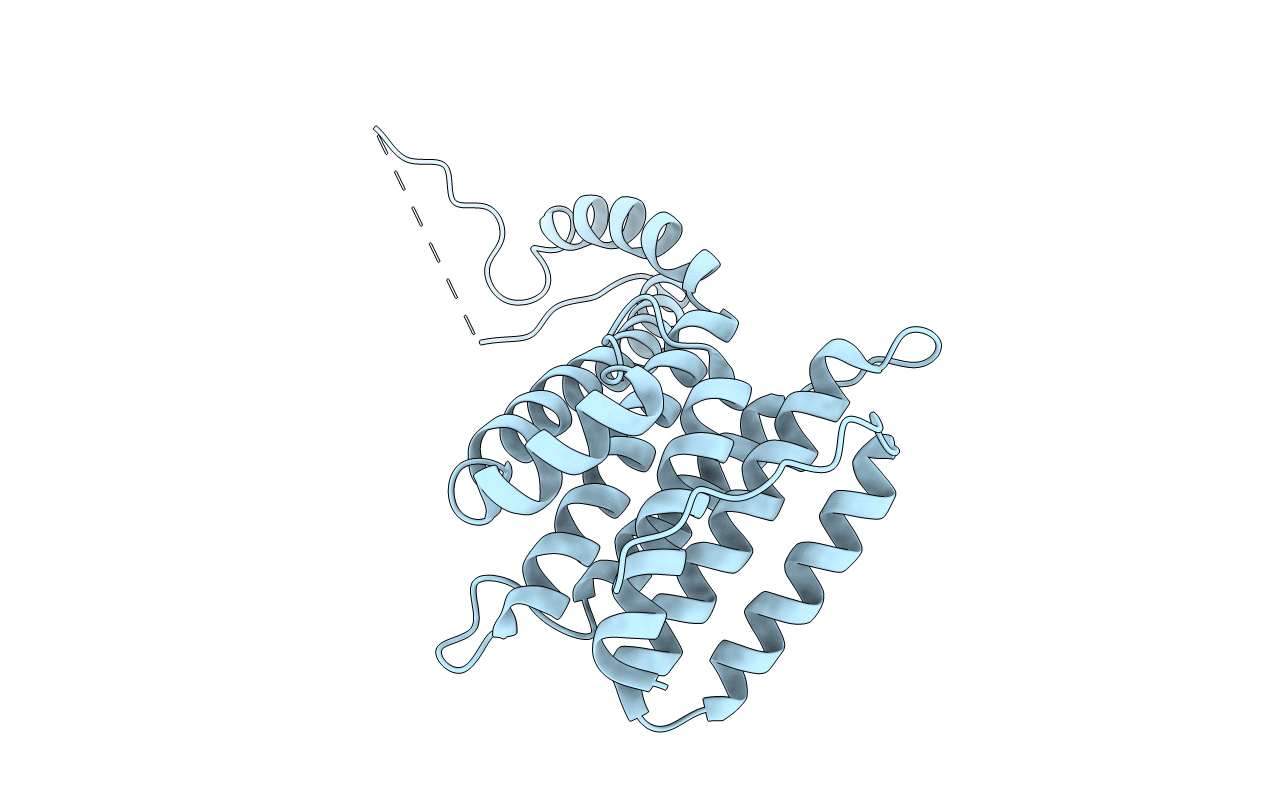
Deposition Date
2019-08-03
Release Date
2020-07-08
Last Version Date
2024-05-29
Method Details:
Experimental Method:
Resolution:
2.20 Å
R-Value Free:
0.29
R-Value Work:
0.24
R-Value Observed:
0.25
Space Group:
I 21 21 21


